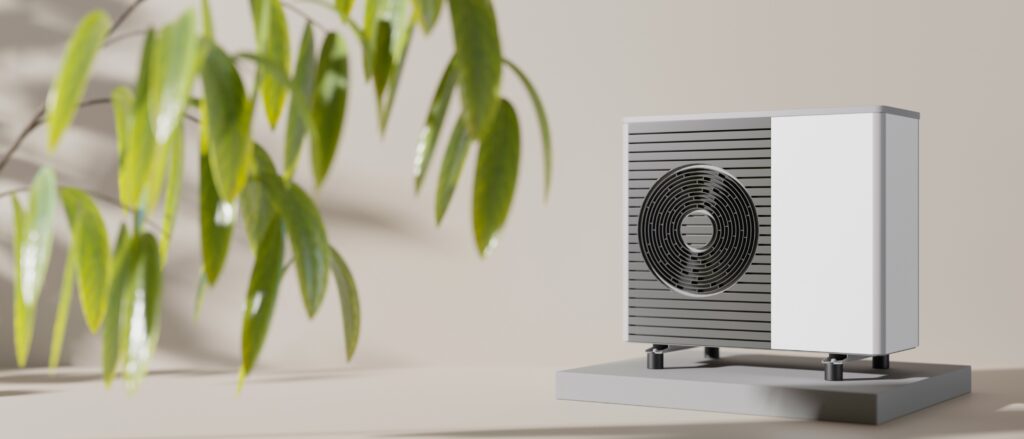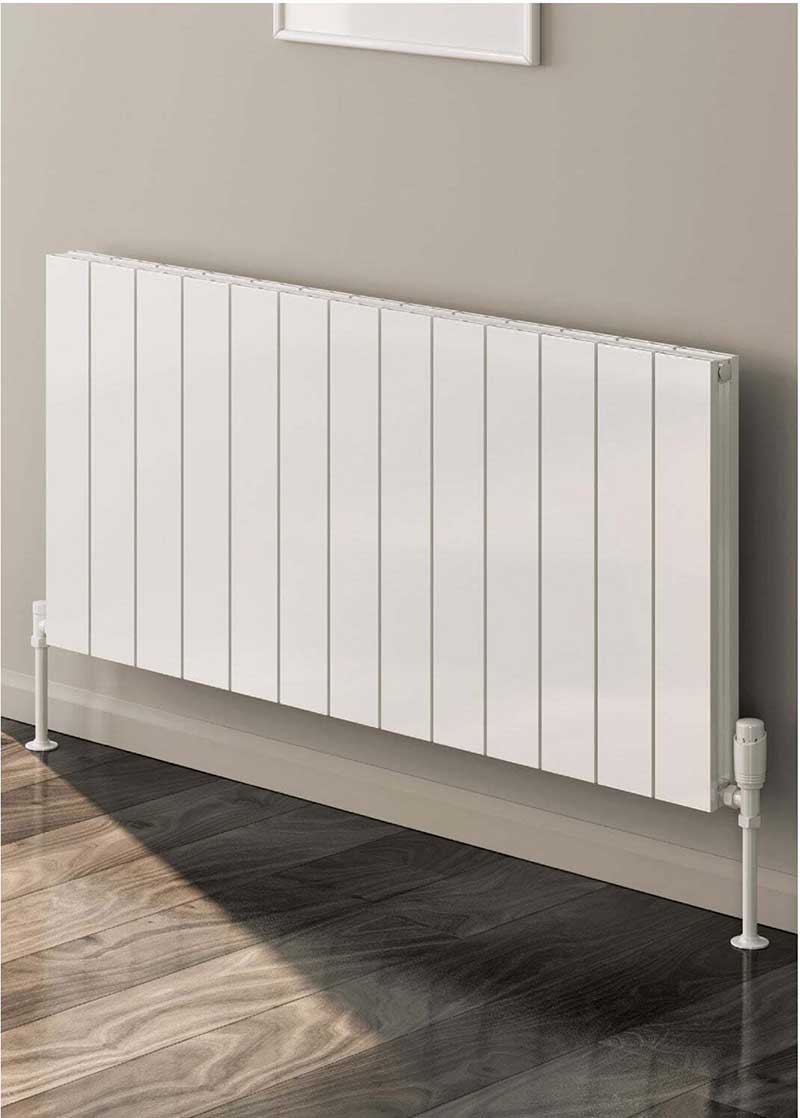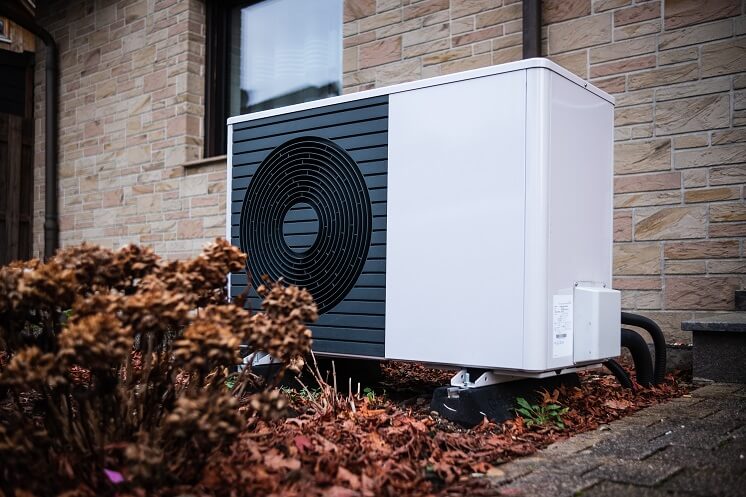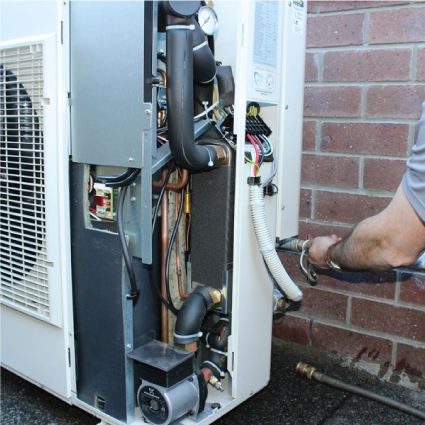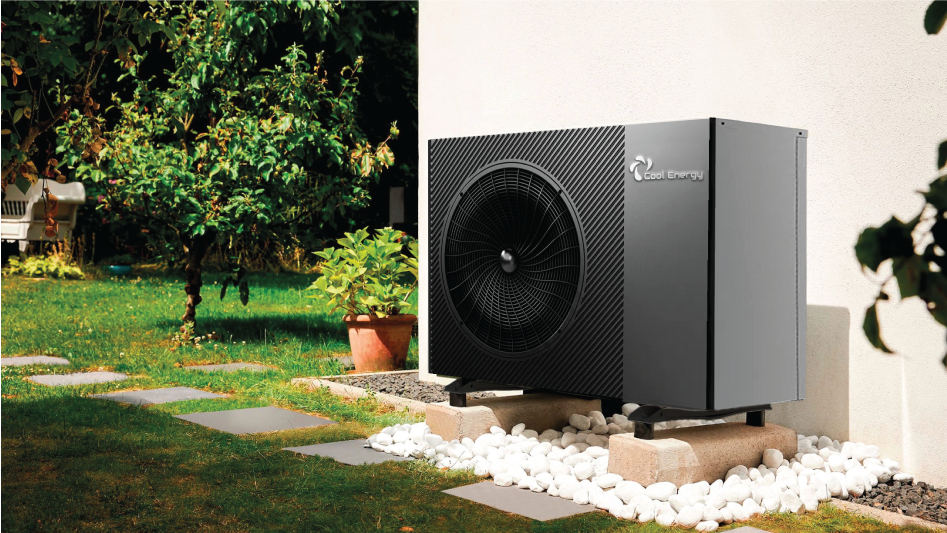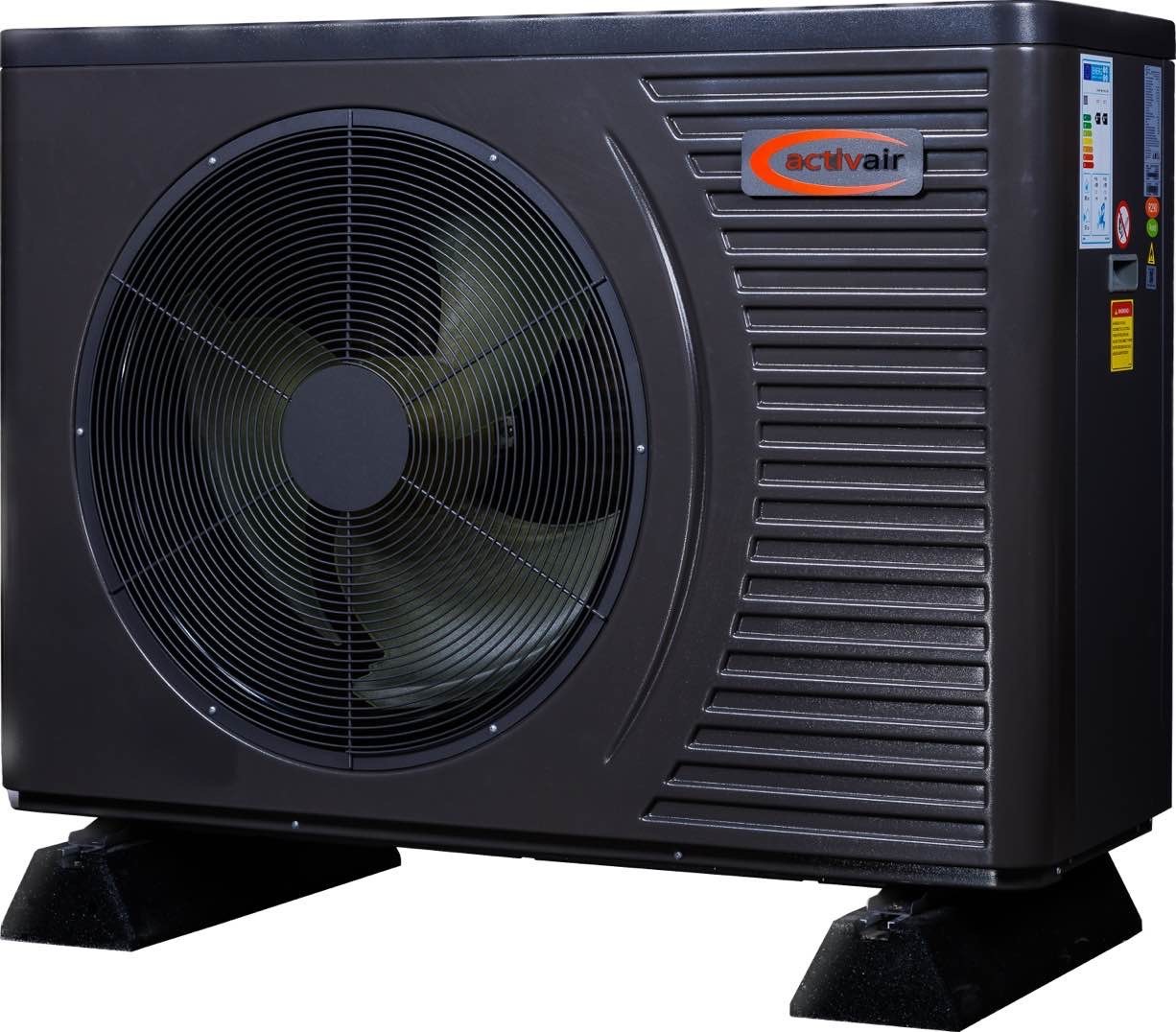- Installing an air source heat pump usually takes one to five days
- It can cut your carbon footprint by 44%, on average
- The installation process requires electrical and plumbing expertise
Acquiring an air source heat pump entails lower lifetime expenses compared to a gas boiler. Moreover, with the Boiler Upgrade Scheme potentially reducing air source heat pump costs by £7,500 for homeowners, there is a compelling incentive to take action at this time.
Here is a comprehensive guide on how installers will equip you with a new, high-quality air source heat pump.
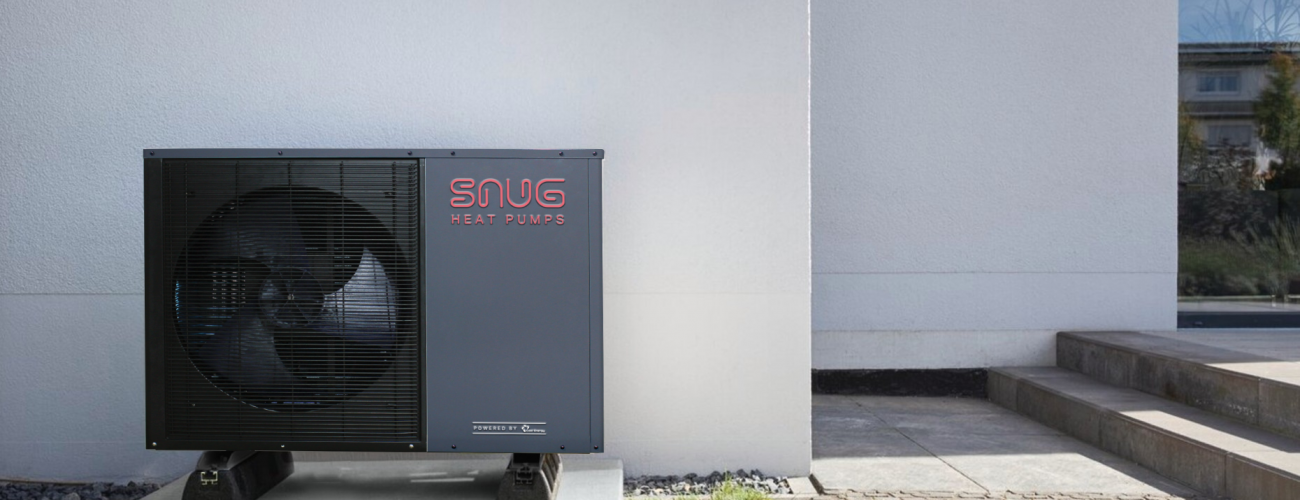
What's on this page?
What is an air source heat pump?
An air source heat pump is a sustainable heating system that utilizes electricity to extract warmth from the outdoor air and utilize it to provide heat and hot water.
The unit’s refrigerant absorbs heat from the surroundings, transforming into a gas as it surpasses -50°C in temperature.
Subsequently, the gas is compressed, leading to an increase in temperature due to the heightened pressure. It then transfers this heat to the water in your central heating system.
During periods of non-use, surplus fluid can be stored in a hot water cylinder.
Furthermore, as the sun has already partially heated the air, an air source heat pump is capable of generating more units of heat than the units of electricity it consumes, thereby establishing itself as an exceedingly efficient source of sustainable energy.
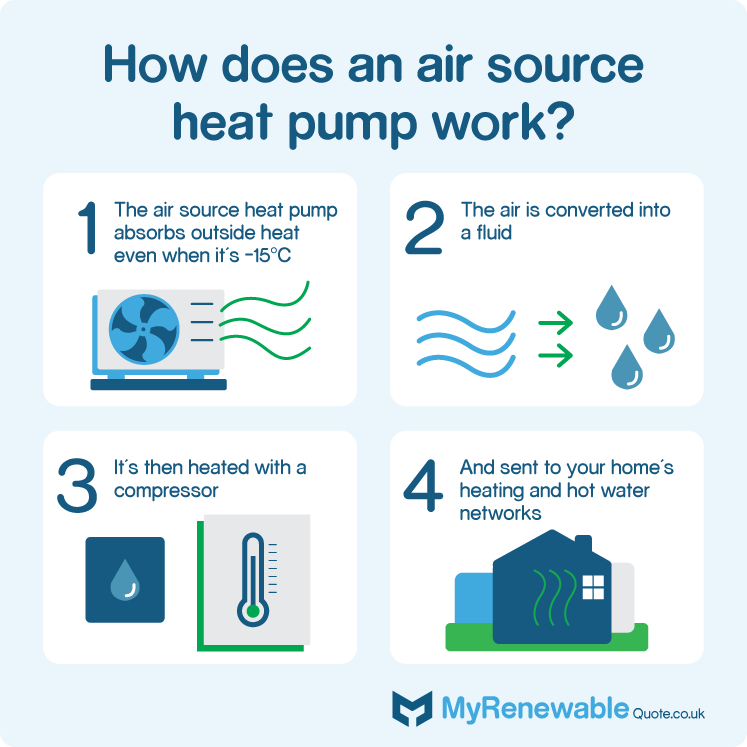
How is an air source heat pump installed?
The installation process of an air source heat pump can be smooth and trouble-free, given that you engage a reputable company with certified and qualified installers.
It is not advisable to undertake the installation of an air source heat pump independently, unless you hold certification in electrical and plumbing work. Any initial cost savings could be negated if the system malfunctions.
Below, we have outlined all the necessary steps that will guide you toward the successful implementation of a new, operational air source heat pump, providing you with insight into the tasks your installers will be performing.
1. Inspection
The initial and most crucial step is to request a heat pump installation company to dispatch a heating engineer to evaluate your residence and determine the appropriate size of the air source heat pump required.
Certain companies offer this survey at no cost, whereas others levy a £500 fee in the form of a non-refundable deposit.
Typically, this payment is waived if you opt for the same company to conduct the heat pump installation. Nevertheless, it is invaluable to gain insights into methods for reducing your energy expenses.
The engineer will measure how big your home is, the number of rooms you need to heat, your insulation levels, and the size of your radiators.
This procedure can require a duration of up to four hours.
Additionally, they will consider whether your property is equipped with underfloor heating, which serves as an effective method for distributing warmth throughout your home when utilizing a heat pump.
All of these factors will assist them in determining the amount of heat regularly escaping from your residence. The greater the heat loss, the larger the heat pump required.
In order to minimize heat loss and enhance your property’s suitability for a heat pump, the engineer might suggest improving insulation, installing larger radiators, or incorporating underfloor heating. They may be capable of executing these enhancements for you during the heat pump installation process.
Fortunately, a considerable number of radiators in UK households are already of sufficient size for gas heating, making them well-suited for use with a new heat pump. Typically, most residences will need to replace approximately one-third of their radiators prior to installing a heat pump.
2. The outdoor unit
The physical heat pump will be positioned adjacent to one of the external walls of your residence.
To ensure unobstructed airflow, the installer will select a location that allows easy access to the air. Subsequently, they will proceed to secure the heat pump by either fastening it to a level concrete base or affixing it to the wall using brackets.
This guarantees that regardless of inclement weather conditions, such as rain, hail, or snow, your heat pump will maintain its stability in place.
3. The indoor unit
The installation team will then proceed indoors to arrange for the installation of the other key component of the process: your hot water cylinder.
This storage tank is designed to retain any excess hot water that is not immediately required, enabling you to fully utilize all the heat generated by your heat pump.
Your installer will advise on the appropriate size for your home. However, as a general guideline, an average three-bedroom house typically necessitates a 200-litre hot water cylinder.
For a two-bedroom property, a 150-litre unit may suffice, while larger homes with five bedrooms or more will likely require a capacity of at least 300 litres.
If you already have a hot water cylinder, it is unlikely to be suitable for a heat pump system, as the coil is typically insufficient in size to rapidly reheat the water as needed.
4. Connections
Next, the components will be interconnected.
The installer will establish the connection between the external heat pump and the internal hot water cylinder using a control wire, a refrigerant hose, and a condensate drain hose. This may involve drilling a hole in the wall to facilitate the passage of these connections.
Subsequently, the installer will link the hot water cylinder to your radiators and, if applicable, to your underfloor heating by installing appropriate pipework.
At some stage during this process, your old heating system will need to be disconnected. However, the installer will provide advance notice and an estimated duration for this task, which typically takes only a few hours.
This phase of the installation highlights the value of engaging adept installers with expertise in electrical systems and plumbing.
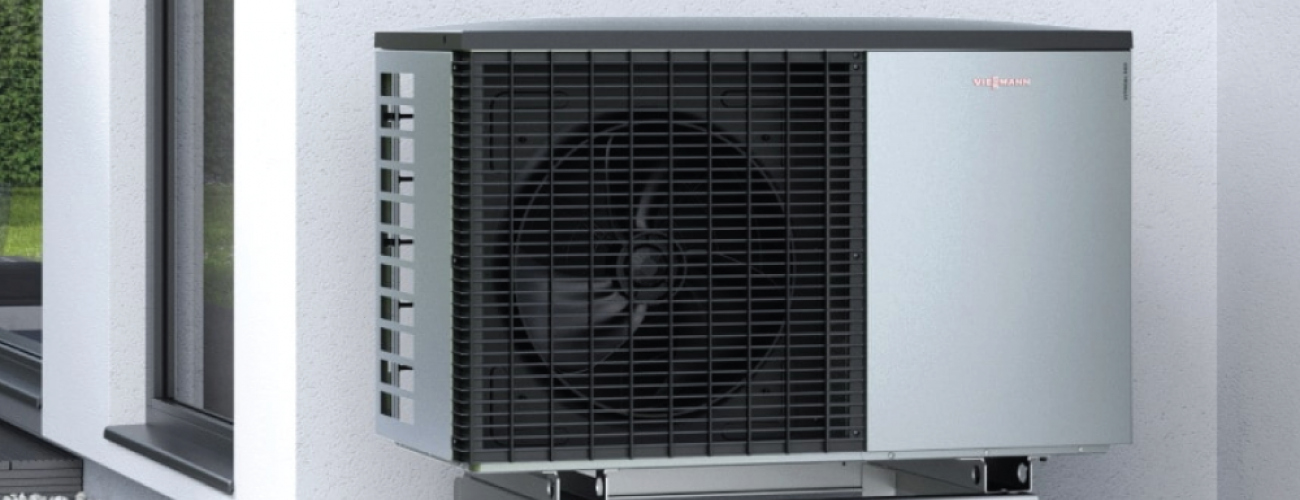
How much does air source heat pump installation cost?
The installation of an air source heat pump generally incurs a cost of approximately £150 per hour.
Given the average duration of three days for installation, the total expense typically amounts to around £3,000. The combined cost of purchasing and installing an air source heat pump is usually in the region of £10,000.
Prior to engaging an installer, it is advisable to obtain multiple quotes to ensure that you are not overcharged.
It is important to note that unless you possess certification as a plumber and electrician, self-installation is not recommended. The potential long-term costs of installing a heat pump to a substandard level are likely to far exceed the initial savings.
Is there any maintenance required afterwards?
Certainly! Fortunately, maintaining an air source heat pump is a relatively straightforward task.
You can contribute by ensuring that the external unit remains clean and free from debris to prevent airflow obstruction. Additionally, cleaning the registers with a soft-bristled brush is recommended. It’s essential to prevent grass or other plants from encroaching on the heat pump’s vicinity and to de-ice the unit during winter.
However, it is also advisable to enlist the services of a professional once a year. They can undertake tasks such as filter replacement, cleaning of the coils and fan blades, and replenishing the antifreeze.
With minimal maintenance, an air source heat pump can endure for at least 20 years, surpassing the typical lifespan of a gas boiler, which often requires replacement after 10 to 15 years.
Next steps
You are now ready to maximize your savings and energy efficiency with your new heat pump.
The subsequent action involves requesting a heat loss assessment of your property, addressing any essential enhancements, and subsequently selecting the most suitable heat pump for your needs.
Through the government’s Boiler Upgrade Scheme, you could potentially save £7,500 on a new heat pump and decrease your annual emissions by 44%.
If this proposition appeals to you, you can determine the cost of a heat pump by completing a brief form. Our reputable suppliers will then furnish you with complimentary quotes.
Find out how much a heat pump would cost you
Complete A Short Form – Receive Free Quotes – Compare & Save
Find out how much a heat pump would cost you
Complete A Short Form – Receive Free Quotes – Compare & Save






